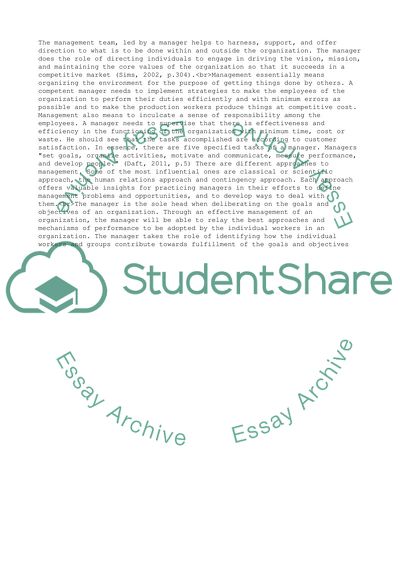Cite this document
(Managing and leading people Essay Example | Topics and Well Written Essays - 3000 words - 1, n.d.)
Managing and leading people Essay Example | Topics and Well Written Essays - 3000 words - 1. https://studentshare.org/management/1836501-managing-and-leading-people
Managing and leading people Essay Example | Topics and Well Written Essays - 3000 words - 1. https://studentshare.org/management/1836501-managing-and-leading-people
(Managing and Leading People Essay Example | Topics and Well Written Essays - 3000 Words - 1)
Managing and Leading People Essay Example | Topics and Well Written Essays - 3000 Words - 1. https://studentshare.org/management/1836501-managing-and-leading-people.
Managing and Leading People Essay Example | Topics and Well Written Essays - 3000 Words - 1. https://studentshare.org/management/1836501-managing-and-leading-people.
“Managing and Leading People Essay Example | Topics and Well Written Essays - 3000 Words - 1”. https://studentshare.org/management/1836501-managing-and-leading-people.


